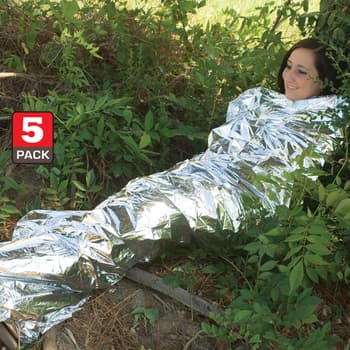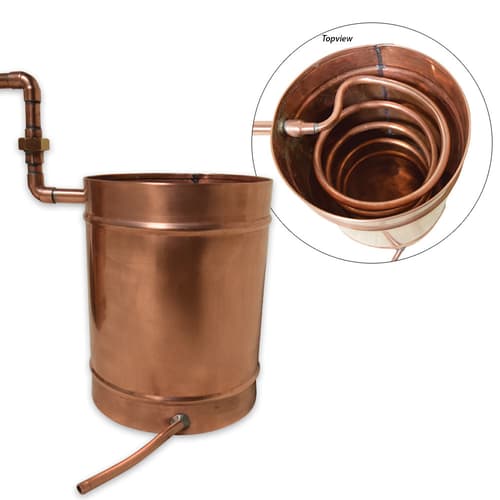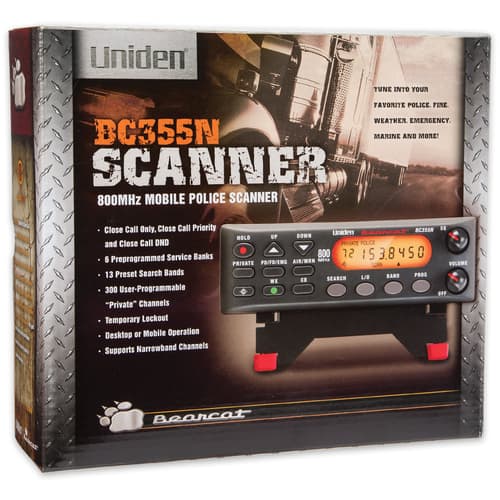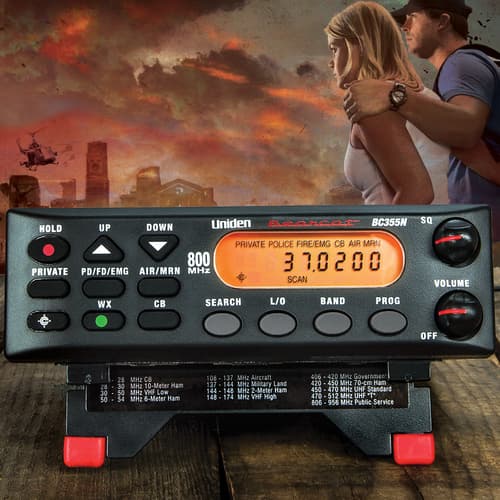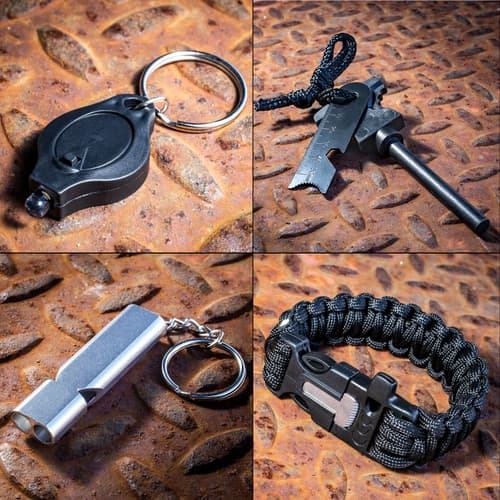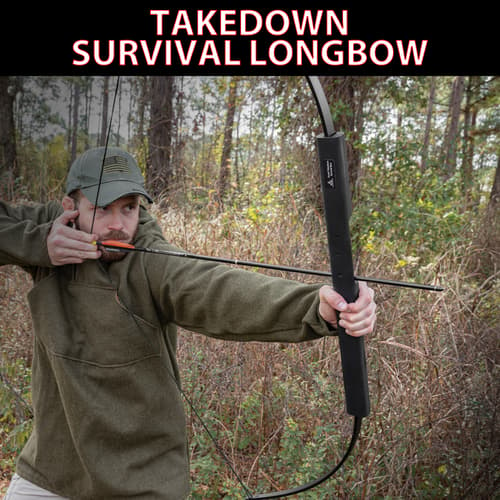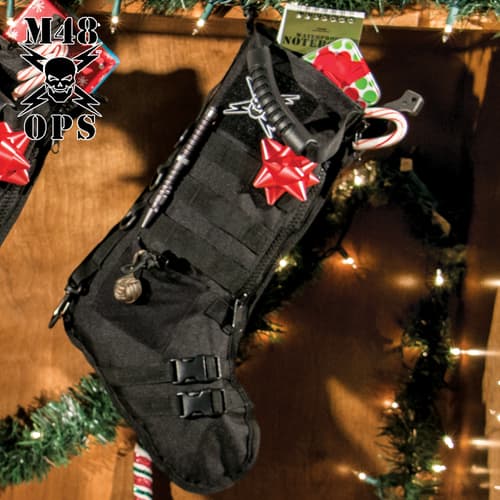Camping In Cold-Weather
Camping In Cold-Weather

By Adelia Ladson
Why Camp When It’s Cold?
First and foremost, when you camp during the fall or early winter, the crowds aren’t going to be at your favorite park or on your favorite trails. Sometime the camping fees will be less, and you’ll definitely have your pick of the choicest campsites. You won’t have to worry about bothersome insects like you do in the spring and summer and wildlife will be easier to spot in the less lush fall and winter landscape. These times of year, you’ll find, are almost completely silent as there are no leaves to rustle, and insects and birds won’t make a sound. It’s amazing how relaxing the quiet can be after the non-stop city noises that batter you daily. A campfire is cozier when it’s cold and snuggling up next to it with a loved one is priceless. Snuggling up in a tent with your significant other is pretty fun, too. When you’re sitting around the campfire with a mug of hot chocolate, you can take a look up at the clear, night sky and see how much brighter the stars shine this time of year. A bonus to camping when the temperatures are lower is that you don’t need to bring a cooler for your perishable foods.Keeping Warm Is Key
Of course, the obvious challenge to camping in the fall and early winter months is keeping warm. If you’re freezing the entire time, it’s kinda hard to enjoy the experience. This means having the right weather gear and apparel. Before you go always check the weather and make sure that the conditions are going to be safe for you to be out there. You need to watch the wind chill temperature, especially, since winter brings extreme winds. Experts don’t recommend camping in weather 30F or below, unless you’re a very, very experienced camper. For beginners, the ideal range is between 50-55F to start out. Remember, the nights will be colder.Start With Your Tent
As your tent is ultimately your shelter from the cold and where you’ll be spending the longer nights, you need to start with finding one that is suitable. First, the tent needs to snugly hold the people in your party, since body heat is an important element of warming your space. In otherwords, if it’s only you camping, don’t pitch a four-person tent. That’s too much open space to keep warm. The tighter the fit, the better in cold-weather camping. Also, make sure that your tent is vented because trapped heat can produce condensation on the inside walls and roof of the tent. You don’t want to get dripped on while you sleep or wake-up with damp bedding and gear. Just a little vent is all you need to let a bit of the heat escape to prevent this. Your tent also needs a built-in floor to help protect you from the cold ground. Having a rain-fly is also good as an extra layer of protection against precipitation. Just a note. If you’re camping in full-on snow or temperatures that are below 50F, you need to invest in a four-season tent, which has aluminum poles instead of fiberglass that may shatter in excessive cold. A three-season tent is suitable for spring, summer and fall, making it the most popular and cost-effective choice. As most of you probably won’t be camping in the dead of winter with snow covering the ground, here are a couple of great three-season tents that are lightweight and easy to pitch with a fiberglass frame.Intense Four-Person Dome Tent
If your camping party is three or four people, the Intense Four-Person Dome Tent is perfect because it’s lightweight, durable and easy to pitch. It has everything you want in an outstanding general purpose tent and what I really like is the vented roof with its small rain fly. Just enough to let some of the rising heat out so that it doesn’t turn into condensation. It has weather-resistant coating and a shock-cord and fiberglass pole frame. Along with its front door, it has a zippered mesh door for ventilation and the opening is hooded by storm flaps. The built-in groundsheet is water-resistant polyethylene, and the tent has two, small gear pockets. Everything to pitch it is included in a carrying bag.Intense Two-Person Pop-Up Tent
The Intense Two-Person Pop-Up Tent works nicely for solo camping and, especially, for couple’s camping. No arguments over the difficulties of setting-up the tent to set a bad vibe for the trip. This tent literally pitches itself. You can pretty much toss it on the ground, and it pops-up ready-to-go. Just stake it and you’re all set. It has a flexible fiberglass frame and the built-in, water-resistant groundsheet. It features a vented window with a small rain-fly and the tent has a weather-resistant coating. Just like the four-person tent, it has an outer door and a mesh inner door, hooded by storm flaps. Inside the tent is a plastic hanging hook in the ceiling for a lightweight camp lantern and two small pockets for gear. It also come with a carrying bag and the stakes.Insulating And Layering
The way to weather the colder temperatures when camping during the fall or early winter is through insulation and layering. In your tent, as the cold ground will be the biggest heat sucker, you need to insulate yourself as much as possible from it. A waterproof camping blanket that has a thick, polar fleece on one side and a moisture-wicking, ripstop polyester on the other side is what you should line the floor of your tent with. Ideally, you want the blanket to separate you and your sleeping bag from the floor. You can also look at placing a padded, EVA foam sleeping mat underneath your sleeping bag.
When it comes to what you wear, layering is the only way to keep warm. The reason is that air is not flowing between the layers of clothing so that it has the capability of absorbing and trapping your body heat between the layers. The layers that are directly in contact with your skin should have water-wicking properties because sweat will chill you, especially, at night, when you’re sleeping. M48 has a great, double-insulated balaclava made of polar fleece with an adjustable draw cord. What I like is that it can be worn as a full or half facemask and as just a neck gaiter. Covering your head and face just seems to keep you warmer when there’s a cold breeze.



